#Monument To The Architect
Explore tagged Tumblr posts
Audio
3 notes
·
View notes
Text
Jean Louis Charles Garnier ❁𓂅 𓄼ꕤ༘


#Architect#Charles Garnier#Monument#Statue#Sculpture#Palais Garnier#Opera House#Beaux Arts#Baroque#Renaissance#Revival#Palladian#Architecture#Window#Place de l'Opera#French Moments#Paris#France
98 notes
·
View notes
Text


BRO 😭

No the fuck you aren’t
Btw they’re both crafted using the exact same materials except the good one uses metal and Sampo’s uses trash
#idk why I’m reading item descriptions#worth for the sampo mention#also did you know that the mourning actors flew over jarilo-vi hundreds of years ago#they wrote an eulogy because of the destruction the legion caused and then left#later the architects found a beautiful stone and build the ever winter monument with it (mixing it together with geomarrow)#sampo koski#hsr
92 notes
·
View notes
Photo


DAVID CHIPPERFIELD MUSEO JUMEX, 2013 Mexico City, Mexico Images © Simon Menges, Iwan Baan
#david chipperfield#architecture#architect#mexico#museum#shape#form#architectural form#exhibition#artwork#design#pritzker prize#designer#monumental#monolith#material#structure#archdaily#dezeen#ignant#juliaknz#photograph#iwan baan
163 notes
·
View notes
Text

Those Architects
#Those Architects#architecture#studio#architects#Australia#portfolio#typography#type#typeface#font#ABC Monument Grotesk#2024#Week 39#website#web design#inspire#inspiration#happywebdesign
7 notes
·
View notes
Text

Canongate Tolbooth, Royal Mile, Old Town of Edinburgh.
The Tolbooth was built in 1591 and would have formed the local hub for the Canongate burgh, along with the nearby Mercat Cross where merchants met and conducted their business. The Tolbooth would have had many functions, serving as courthouse, burgh jail and meeting place of the town council. The building was constructed for Sir Lewis Bellenden, the justice-clerk for the burgh, and his initials can still be seen over the archway to Tolbooth Wynd.
As the Canongate’s main public building it was designed to look impressive and express the burgh’s pride in its long history. The tower over Tolbooth Wynd has small turrets added, known as ‘bartizans’, as well as gun loops to give a sense of ancient battlements. Next to it is the courthouse block, with a staircase, or ‘forestairs’, leading up to its main entrance on the first floor. Look out for the plaque celebrating King James VI as well, complete with latin inscription and a large thistle.
The ground floor was used as a prison, mainly for those unable to pay fines or for minor misdemeanours, but on occasion it was used to hold people on behalf of the government. Certainly during the 17th century many captured Covenanters were held in the Canongate Tolbooth, accused of treason.
#canongate tolbooth#edinburgh#scotland#europe#architecture design#buildings#archictecture#residential architects#fifty shades of history#historical#history#historic#simply scotlsnf#monumental world#world#traveling#travel#old town edinburgh#old town
4 notes
·
View notes
Text
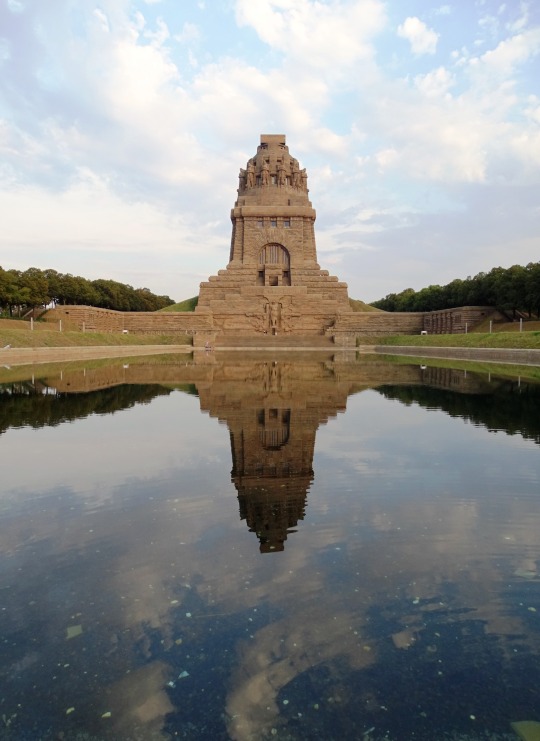
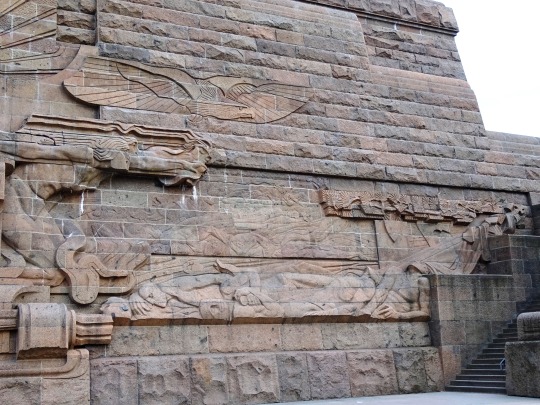
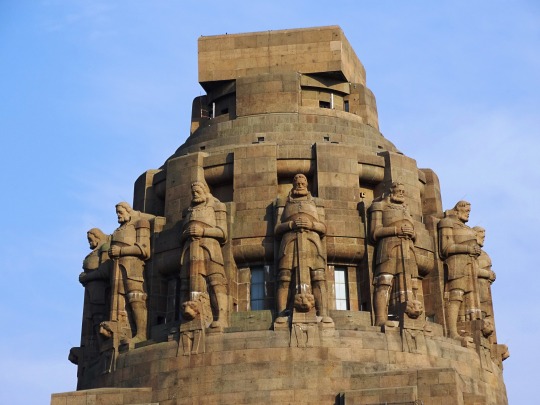
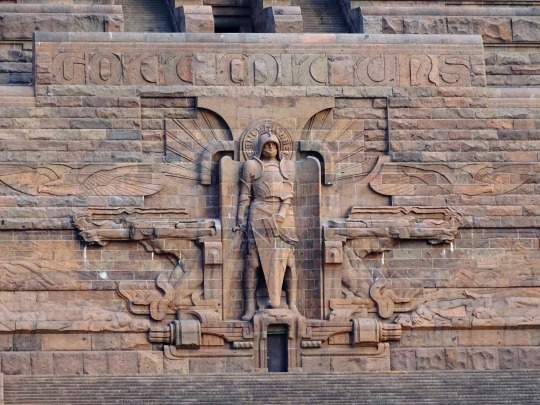
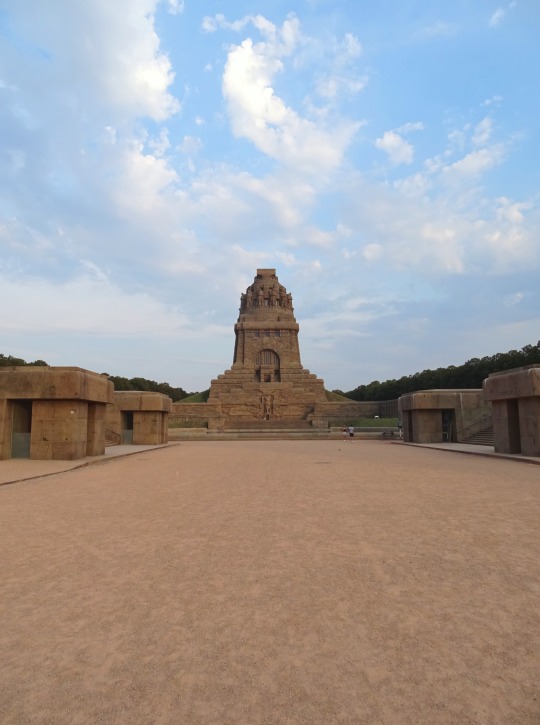
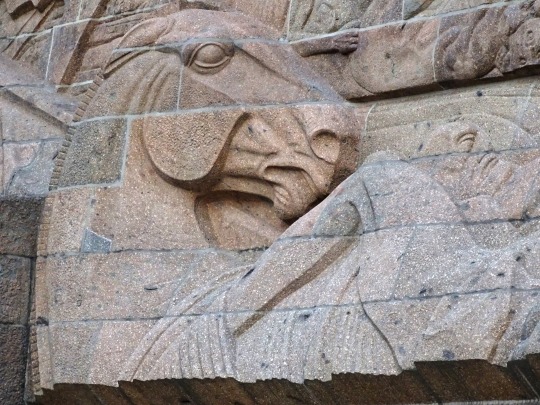
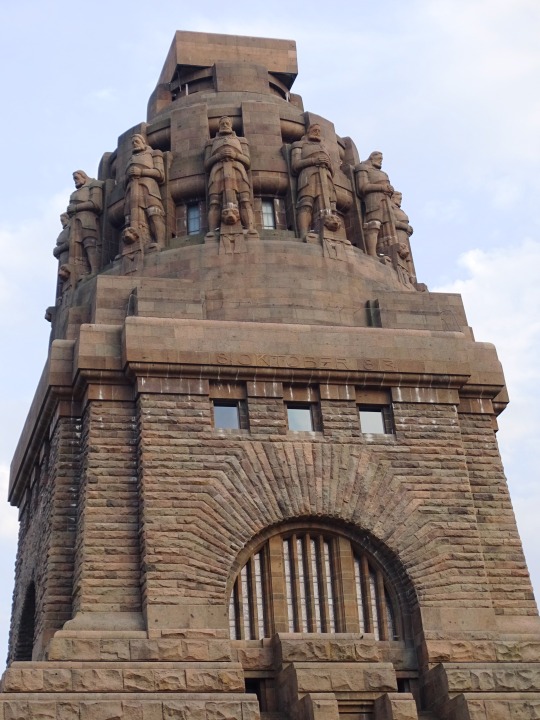
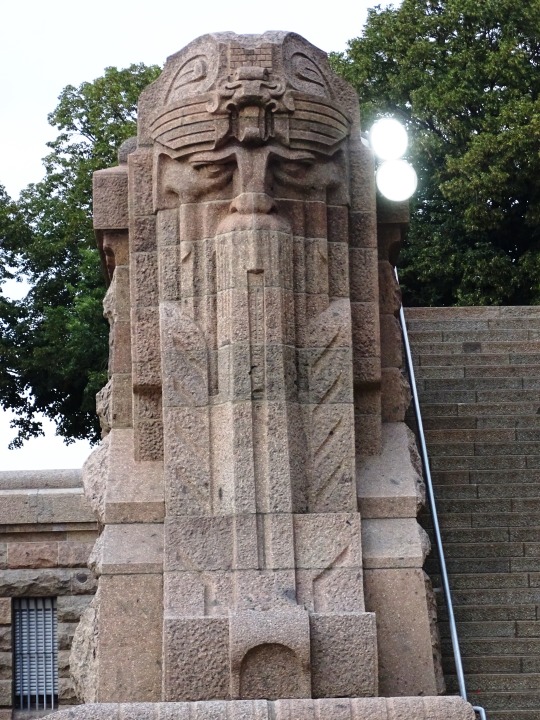
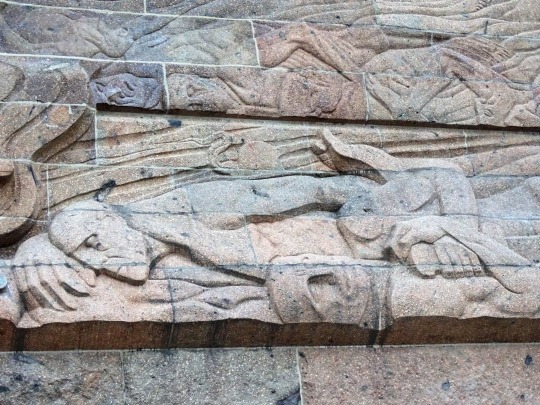
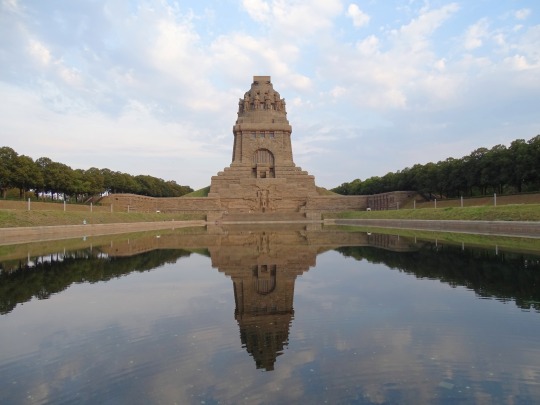
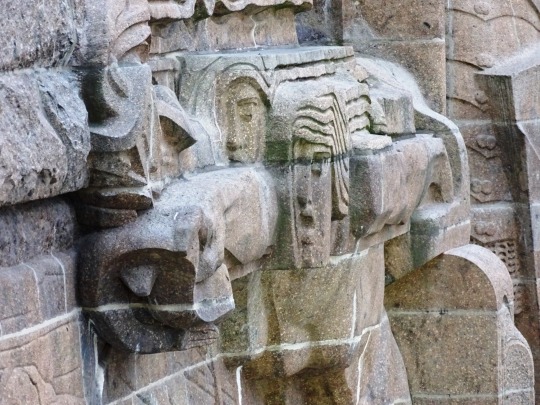
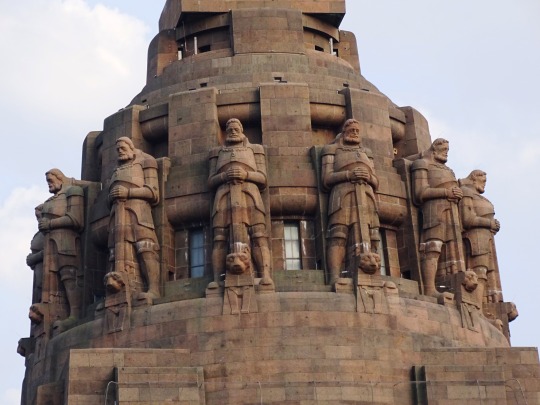
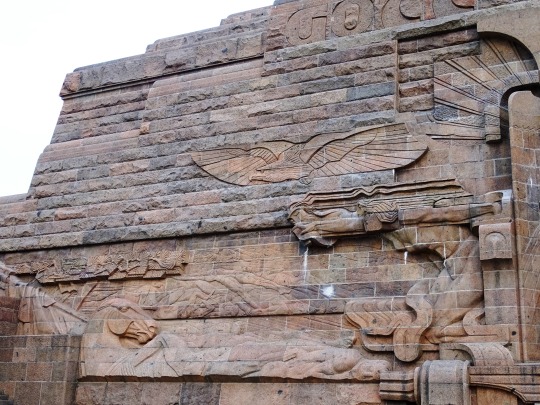
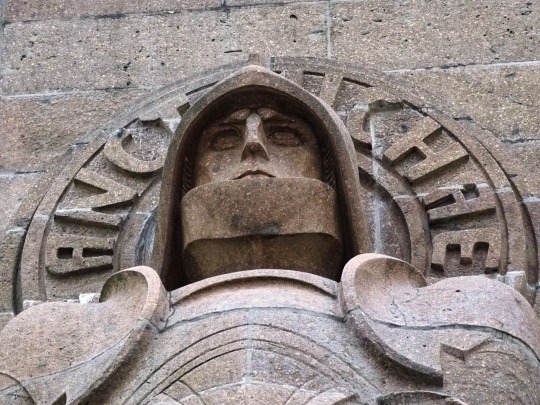
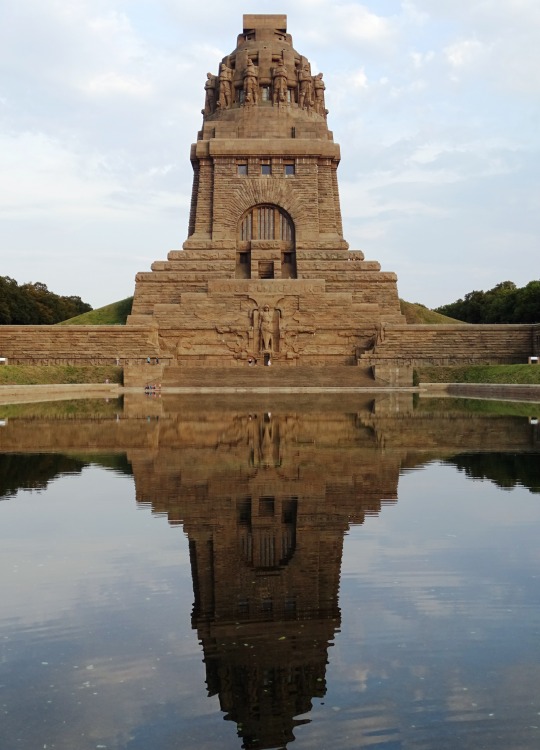
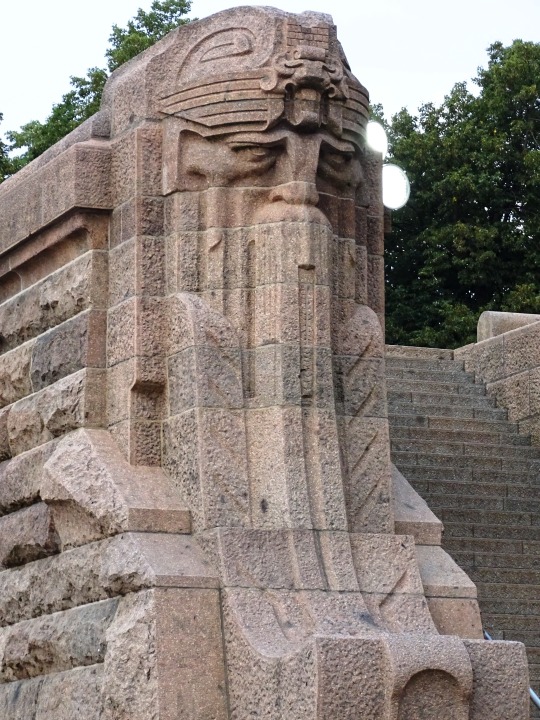
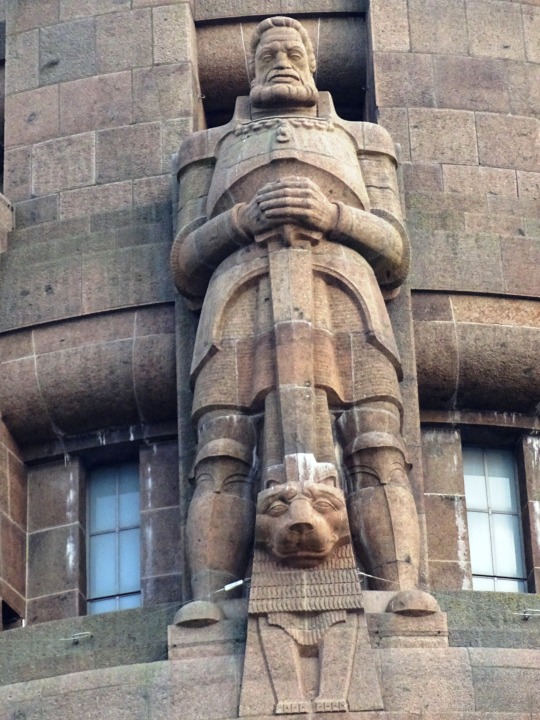
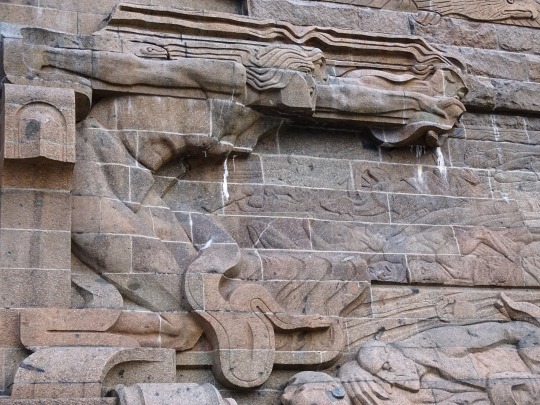
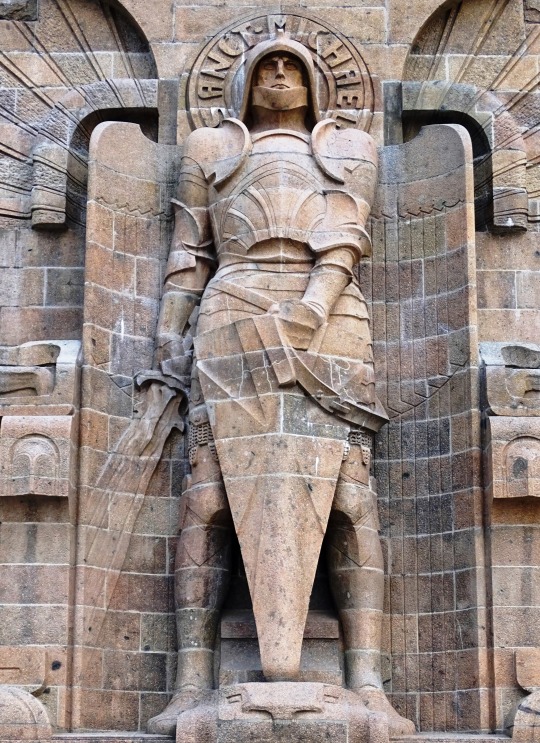
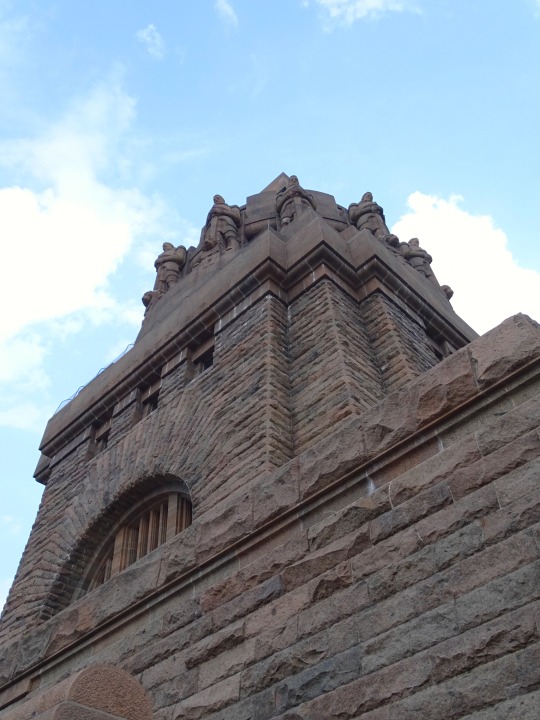

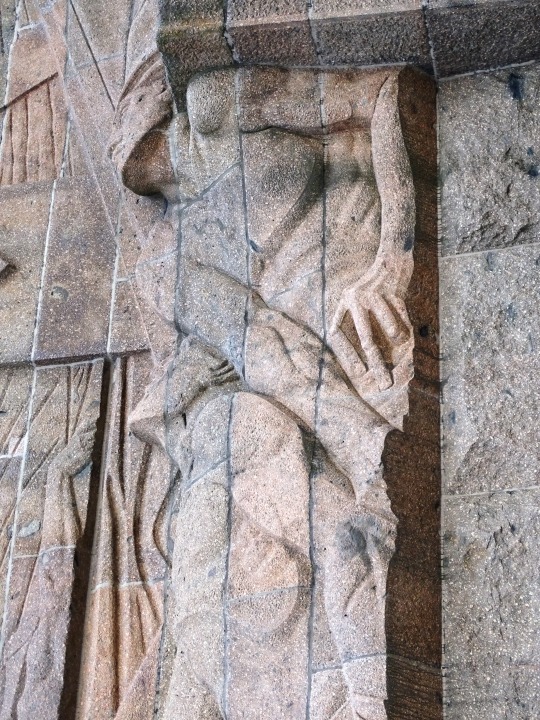
Bruno Schmitz died on April 27, 1916.
#Bruno Schmitz#Monument to the Battle of the Nations#died#death#Leipzig#Völkerschlachtdenkmal#summer 2020#Germany#Saxony#Sachsen#travel#architect#Archangel Michael#See der Tränen#Reflecting Pool#cityscape#architecture#tourist attraction#landmark#Deutschland#exterior#evening light#Christian Behrens#detail#public art#German history#anniversary#original photography#vacation#27 April 1916
3 notes
·
View notes
Text
Day 35: Pompeys Pillar National Monument
–This image is part of the public domain, meaning you can do anything you want with it ! (you could even sell it as a shirt, poster or whatever)–
#art#copyright#free art#open source#public domain#photography#forest#pompey#montana#national monument#united states#stairs#wooden stairs#wooden structure#wooden architecture#woodworking#beautiful#landscape#landscapes#landscape architect#landscape architecture
2 notes
·
View notes
Photo
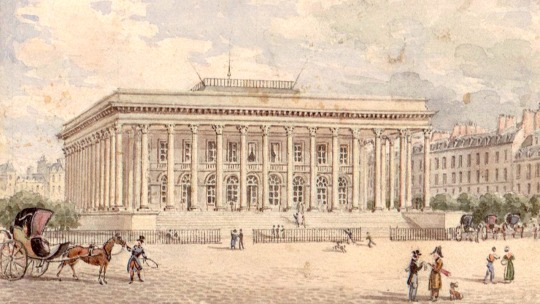
24 mars 1808 : pose de la première pierre de la Bourse, à Paris ➽ http://bit.ly/Construction-Bourse-Paris Malgré l’ordonnance de 1563 et l’arrêt du conseil du 24 septembre 1724, Paris n’avait point encore, d’une manière définitive et au début du XIXe siècle, sa Bourse, sa « loge de la Marchandise », comme en possédaient alors déjà Amsterdam, Venise, Londres, Saint-Pétersbourg, Vicence, Padoue, Brescia et les principales villes commerçantes de l’Europe
#CeJourLà#24Mars#Bourse#Paris#Palais#Architecte#Brongniart#Édifice#Monument#Construction#Édification#Loge#Marchandise#Villes#Commerce#Économie#Histoire#France
4 notes
·
View notes
Text
im so baffled by gods acting like they dont know annabeth’s name
#architect of the place they live in#probably begged her to showcase their good side in her monuments#saved the world
4 notes
·
View notes
Audio
#bandcamp#Monument To The Architect#death's dynamic shroud.wmv#Arctic Survival#music#audio#vaporwave
3 notes
·
View notes
Text




The architect John Thomas Rochead was born on on March 28th 1814 in Edinburgh.
The son of John Rochead and Catherine Gibb. He was educated at George Heriot’s School.
He was responsible for buildings in Glasgow, Hawick, Dumbarton and his native Edinburgh. He is also known for being successful in several competitions including the Royal Arch, Dundee, St Mary’s Free Church, Edinburgh and his most famous works designing the Wallace Monument on Abbey Craig.
Rochead’s entry for the Stirling competition was a controversial one in that his design was coloured, contrary to the conditions, and exceeded the cost limit by £5,000. And that was just the start as the monument’s contractor became insolvent and poor Rochead never received payment for what is now a major Scottish landmark.
Another of his designs was The Royal Arch on the dockside Dundee, this was sadly demolished in 1932 to make way for the Tay Road Bridge landfall development , the method used was blast it away with explosives but that failed and a large chunk of the arch was left standing, according to what I could dig up they used “other methods” to take the rest of this substantial architecture down. John Thomas Rochead died suddenly in the Morningside area of Edinburgh on April 7th 1874, he was 64, he is buried at The Grange Cemetery on the south of Edinburgh.
Rochead’s widow lived on until 18 October 1896, continuing to press the custodian for his fees for the Wallace Monument, but without success.
9 notes
·
View notes
Video
PF9-E330 by David Swift Via Flickr: Rear of Palais Garnier.Built from 1861-1875.Sculpture of Architect Charles Garnier.Paris France.35mm Nikon FM2,CineStill 400D.
#DavidSwiftPhotography#paris france#Palais Garnier#theaters#opera house#sculpture#monuments#statues#historic preservation#historic buildings#historic theaters#architecture#architectural detail#charles garnier architect#35mm#film#nikon fm 2#CineStill 400D#flickr
2 notes
·
View notes
Text

CHRIST & GANTENBEIN CERRO DEL OBISPO, 2012 San Luis Potosi, Mexico Image © Iwan Baan
#christ & gantenbein#artists#architecture#design#architect#designer#art#archdaily#artwork#juliaknz#photography#form#landscape#lookout point#mexico#concrete#monumental#sculpture#architectural form
14 notes
·
View notes
Text

Lambert van Haven (April 16, 1630 – 1695) was a Norwegian-born, Danish architect and master builder. He also designed church interiors and monuments for the Danish King and Court, and was instrumental in introducing the Baroque style into Denmark.
Above: Design for Count Niels Rosenkrantz grave monument, inside Trinitatis Kirke, 1676 (the actual monument was destroyed in 1728).
#art#danish architect#lambert van haven#1670s#baroque#epitaph#grave monument#niels rosenkrantz#danish royal house#frederik iii#griffenfeldt#danish artist#trinitatis kirke
2 notes
·
View notes
Text
speaking of furries have u seen what they’ve been doing in the medium of visual novels recently? magnificent work
#i mean dont get me wrong furries have been integral to visual novels forever from what i can tell#i cant read any of them but ive seen enough untranslated bara furry vns from like 20 years ago to get an idea#salutes#but recently its like every other day i find out about some extremely well rated high production value 20-50 hour long furry vn#that i swear didnt exist the other day. its great. love ur work#i havent gotten a chance to read much of any of them except making a couple minutes of a few but even just the little ive read has been good#was i good enough to dare grace myself with the fine name of furry i would absolutely become like#the giorgio vasari of furries in an art historical documentation sense. 2 seconds away from writing Lives of the Most Eminent Furry Painters#Furry Sculptors and Furry Architects. but alas i feel like someone whos the worlds first wannabe furry shouldnt take that honor#am i making sense? i think furries are an art movement of monumental importance and worth is what im saying#im an art history major u have to believe me
1 note
·
View note
